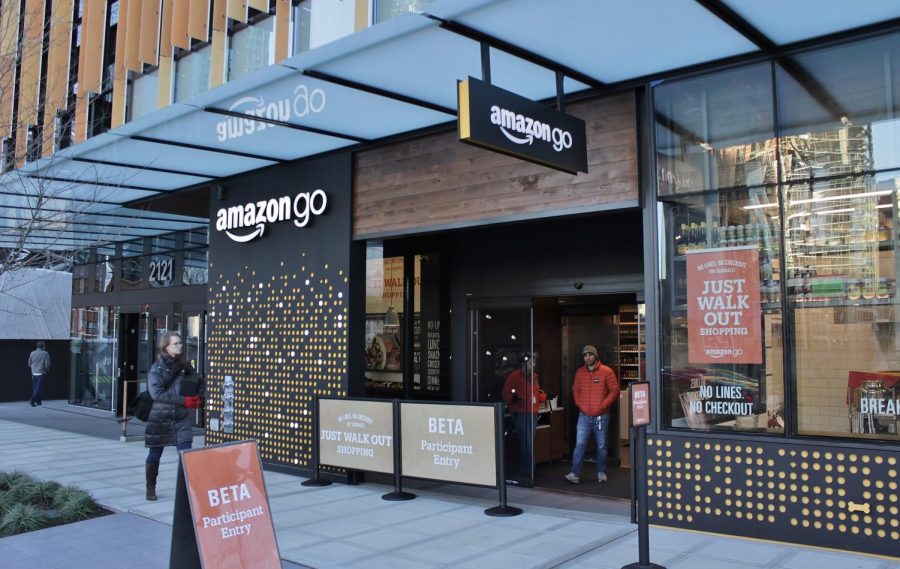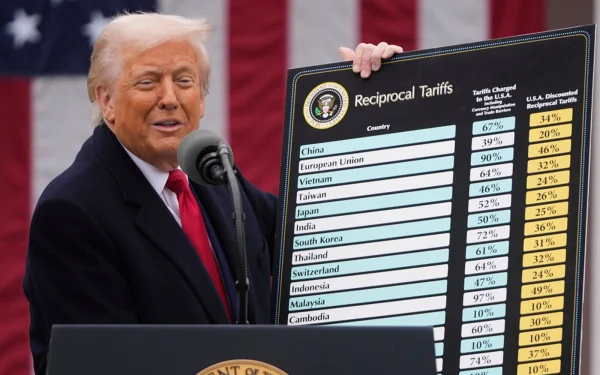Amazon’s Advancement Among Corporations
Amazon has made history by becoming one of the few public companies in the world whose total stock value has surpassed $1 trillion. Amazon’s market cap passed one trillion for a brief moment on September 4 before retreating back at the market close on the same day. This makes Jeff Bezos, founder and CEO of Amazon, the richest person in the world, surpassing even Bill Gates and Warren Buffet.
Amazon’s growth is no surprise considering its services in the marketplace. In short, Amazon creates services that many people use. Though many recognize it as one of the largest internet retailers in the world, selling goods worldwide, Amazon has expanded into so much more in the last decade, reaching into diverse markets that were previously untapped.
Although Amazon is used by people as the go-to online retailer, it has many other services that are just as important to its success, and maybe even more profitable. Amazon’s cloud computing services, known as Amazon web services, are being used by businesses worldwide to after its launch in 2006. Businesses can rent Amazon’s cloud computer services for their technological needs, without having to install their own servers, which can take up property and pose a huge investment for small businesses. In addition, they can order computing power with versatility, allowing them to experiment with different business models.
Many are also familiar with Amazon’s home assistant Alexa. Bezos’ heavy investment in growth often put Amazon on the edge in terms of profits, but successes like Alexa, which is now one of the most widely used voice activated assistants, drives the company forward. With just a few words, users can turn on lights and power appliances, making Amazon a key competitor along with Apple and Google in consumer used artificial intelligence.
Of course there are many programs Amazon has pursued that have failed. Their line of “Fire” smartphones and tablets have silently died out in the past few years, yielding to competitors such as Apple and Samsung.
However, this is Amazon’s business model. They reach into many different areas in upcoming markets to gain a headstart over other up and coming companies. Amazon invests its capital into seemingly futuristic endeavors in order to become the leader in them. An example is Amazon’s drone delivery service has not been heard of for years. Amazon had previously created plans to deliver consumer goods from blimps filled with drones, which it featured on Sixty Minutes in 2013. Though Amazon may have some seemingly unreachable goals, it’s expansion into markets like these that gives it a headstart in the future and fuels its domination of certain parts of the market.
Amazon has always focused on long term investment when exploring new alleys in the realm of technology and consumer products, and this innovative point of view on part of Jeff Bezos led to the successes of Amazon’s cloud computing, and its famous Alexa digital assistant. In an interview with Wired in 2011, Bezos shared his thoughts in his now famous quote: ““If everything you do needs to work on a three-year time horizon, then you’re competing against a lot of people, but if you’re willing to invest on a seven-year time horizon, you’re now competing against a fraction of those people, because very few companies are willing to do that.” By lengthening the time that he conducts investments in possible business, Amazon reduces competition and starts off ahead, becoming a powerhouse in certain prospects that it chooses to focus on.
In fact, just by turning its head towards a certain business, Amazon can make stocks tumble as if by magic. When Amazon decided to purchase online company Pillpack, drugstore stocks, including Rite Aid, Walgreens, and CVS Pharmacy, dropped as much as 4 percent as anxious stockholders prepared for Amazon’s domination of the sale of prescription drugs. Amazon routinely acquires companies like Pillpack, and also others like Whole Foods, which it works to improve and integrate into its other services. Much like how Amazon has used Pillpack to expand the selling of drugs on the Amazon website marketplace, it connects with Whole Foods to provide discounts to Amazon Prime members, promoting the subscription further.
Amazon’s march towards the future fueled by never ending investment and exploration. It drives its own improvement, continuing its forward march.






